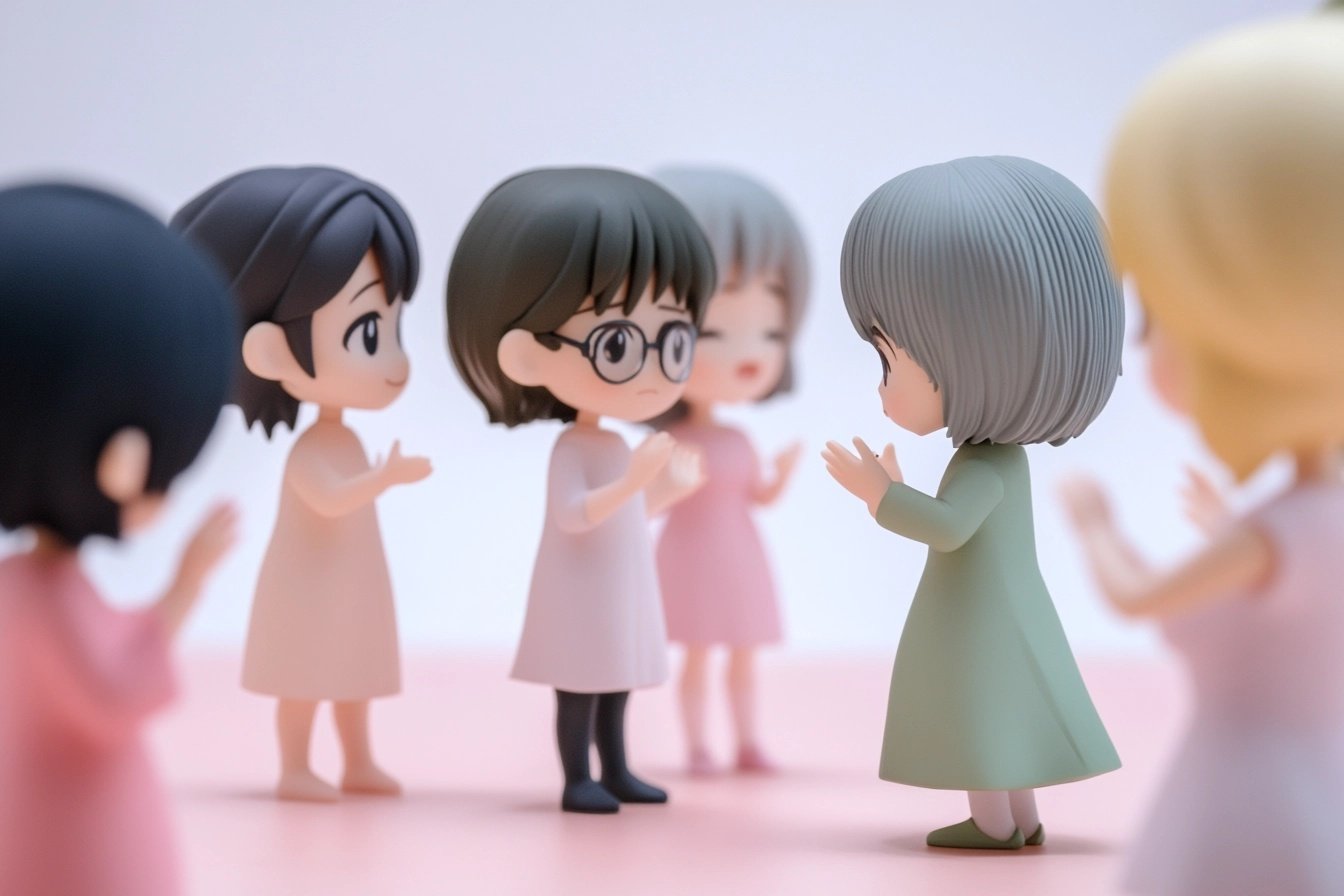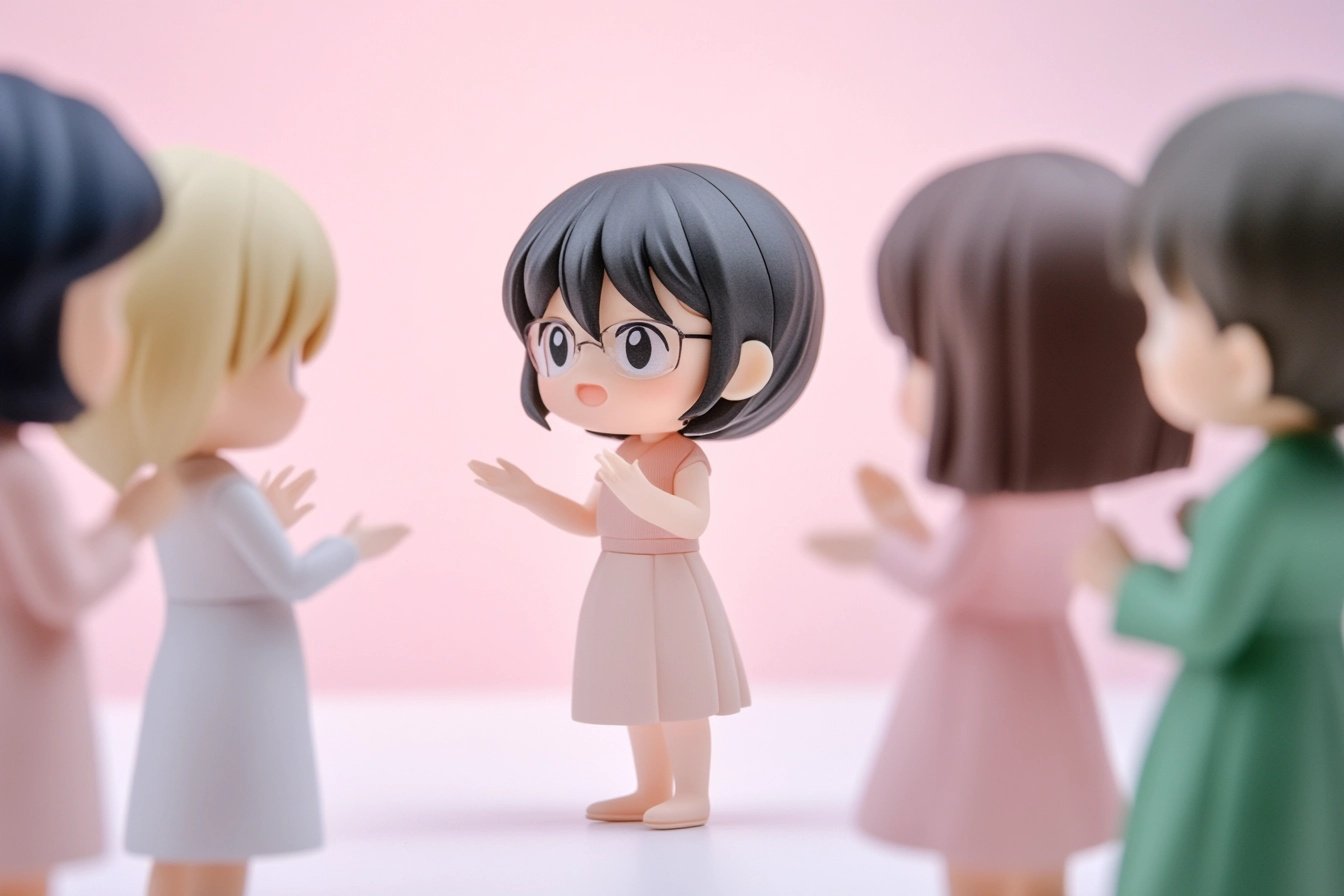The Role of Body Language: What You’re Saying Without Words
It happened during my first coffee date with someone I’d been talking to for weeks online. They smiled, leaned forward, and nodded enthusiastically as I spoke about my love for Shrek 2 (superior to the original, fight me). But then, I noticed something: their feet pointed toward the door. Was I boring them? Were they ready to escape? Turns out, their body language was speaking volumes louder than their words ever could.
Body language is the unsung hero (or villain) of communication. Whether you’re bonding with a partner, reading a friend’s vibe, or surviving your office small talk, those non-verbal cues can make or break the message you’re trying to send—or decode. In fact, psychologist Albert Mehrabian suggests that a whopping 93% of communication is non-verbal, leaving only 7% to the words we say. So if you ask me, I think it’s pretty important to get fluent in the unspoken language of connection? Let’s dive in.
Quick Note: This post contains affiliate links. If you click and make a purchase, I may earn a commission at no additional cost to you. As an Amazon Associate, I earn from qualifying purchases
Why Body Language Matters
Body language is more than just a supporting role in communication—it’s the leading act. Everything from a simple nod to a crossed arm carries meaning, sometimes revealing more than words can.
And if you’re navigating the early stages of a relationship, understanding body language can be a game-changer. In “The Psychology Behind Effective Communication in New Couples”, we touched on how timing and verbal cues build trust, but non-verbal communication takes it to the next level. Learning to read (and use) body language is like having a secret decoder ring for emotions, intentions, and sometimes, a bad date’s hidden exit strategy.
Build Bonds by Understanding Body Language Basics
A must-read for decoding non-verbal cues. I’ve applied its tips at social events—like spotting discomfort through body posture—and it’s a game-changer for building connections and understanding people better!
The Basics of Body Language
Before you start analyzing everyone’s crossed legs and furrowed brows, let’s break down some universal cues:
Open Body Posture: Arms uncrossed, facing you fully = interest and openness.
Closed Body Posture: Arms crossed, leaning away = discomfort or defensiveness.
Mirroring: Subtly copying someone’s posture or gestures = connection and rapport.
Eye Contact: Too much = creepy; too little = distracted. Strike a balance!
Feet Direction: Pointing toward you? They’re engaged. Pointing toward the door? Not so much.
If you want to get serious about mastering body language, grab a copy of The Definitive Book of Body Language by Allan and Barbara Pease. It’s the go-to guide for reading people like a pro, decoding everything from nervous ticks to genuine affection.
How to Use Body Language to Bond
Body language isn’t just for reading people—it’s a tool for building stronger connections. Here’s how you can leverage non-verbal cues to create deeper bonds:
1. Use Open Gestures to Show You’re Approachable
When talking to someone, keep your posture relaxed and your hands visible. Avoid crossing your arms or turning your body away, as these can come off as defensive. Instead, lean slightly in to show interest.
Pro Tip: Pair open gestures with active listening. This one-two punch of verbal and non-verbal cues makes people feel truly heard.
2. Mirror to Build Rapport
Mirroring is when you subtly mimic the other person’s movements or posture. It’s a natural way to build trust and signal that you’re on the same wavelength. Just don’t go overboard—you’re bonding, not playing copycat.
3. Make Eye Contact—but Keep It Comfortable
Sustained eye contact creates intimacy and trust, but staring too long can feel intense. Try the “7-second rule”: look into their eyes for a few seconds, then glance away briefly.
Body Language Hack: If someone avoids eye contact entirely, it might not mean disinterest. It could signal nervousness, so pay attention to other cues for the full picture.
4. Be Mindful of Space
We all have personal bubbles, and respecting them is key. Standing too close can feel invasive, while staying too far might seem distant. Adjust based on the situation and the person’s comfort level.
Common Misreads and What They Really Mean
Body language isn’t always straightforward, so it’s easy to misread cues. Here are a few examples to help you avoid overthinking:
Crossed Arms = Cold Room: They might not be closed off; maybe they’re just chilly.
Lack of Eye Contact = Shyness: Nervousness, not boredom, could be the reason they’re avoiding your gaze.
Fidgeting = Restlessness: It might not be disinterest but simply nerves or an uncomfortable chair.
When in doubt, look for clusters of signals instead of relying on just one cue.
Strengthening Your Non-Verbal Game
Improving your own body language can make a huge difference in how others perceive you:
Smile Often: A genuine smile is universally disarming.
Relax Your Shoulders: Tension in your body can make you seem stressed or closed off.
Keep Your Hands Visible: Hidden hands (in pockets or behind your back) can unintentionally signal mistrust.
Why Body Language is the Secret Sauce to Connection
Whether it’s reading subtle cues on a first date or using open gestures to connect with a friend, body language is an essential tool for bonding. It’s the stuff that fills the gaps between words, revealing how we really feel and think.
If you’re eager to dive deeper into building better communication, check out “The Psychology Behind Effective Communication in New Couples”. Pairing verbal and non-verbal cues is the ultimate hack for forming stronger connections.
And don’t forget to grab The Definitive Book of Body Language if you want to take your skills from good to Sherlock-level. Because in the world of connection, what you don’t say often speaks the loudest.




